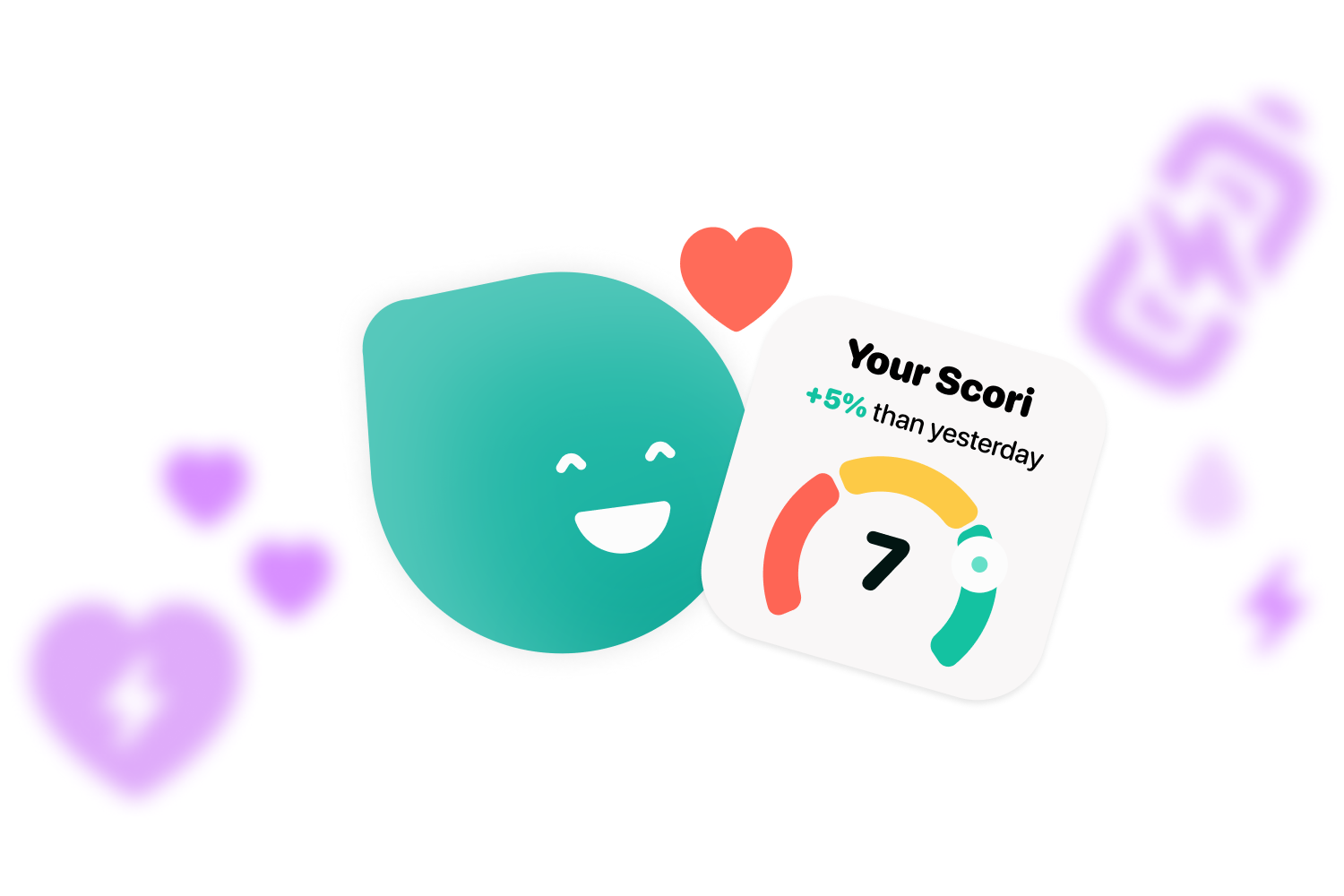Injecting insulin is much simpler than it seems. All you have to do is follow the steps in this article. ¿Ready?
Insulin is part of the treatment for the great majority of people living with diabetes, whether they have type 1 or type 2. Although some of these people use insulin pumps, most choose to inject insulin themselves.
The insulin is injected between the skin and the muscle, so the needles have nothing to do with the ones that normally come to mind. They are very short and thin and barely noticeable when pricked.
One of the most important keys to injecting insulin correctly is to not hesitate. Being sure of the moves you make and being fast will have better results than overthinking.
With a little patience and practice, you will become an expert at injecting insulin easily and painlessly by following the 6 simple steps below.
Injecting insulin with a syringe and vials

In case you have chosen to inject with a syringe, here are the steps you will need to follow.
Check the insulin
Insulin, like all medications, has an expiration date and can go bad. For your safety, it is best to check it before injecting. If it is expired or if you see that it has a strange texture, or that it is not the same color as usual, do not use it.
To avoid it from spoiling, if it is closed, store it between 4º and 8ºC. In the refrigerator, for example. This way it will last until its expiration date without any problem.
If you have already opened it, you can leave it at room temperature. Do not let it rise above 30 ºC or let it be exposed to direct sunlight. Remember that it can only be used 30 days after opening.
Get everything you are going to need
It is important that, before you clean your hands, you have everything you will need to inject insulin within reach. You will need the following items:
- Syringe with needle
- Gauze
- Alcohol
- A safe place to put the syringe after you use it.
- Insulin
Choose where you are going to inject
The best areas to inject insulin are the fatty ones, because they are softer. It is also important to keep changing where you inject to avoid lipohypertrophy.
Most people choose to inject insulin in the lower abdomen. But we leave you with the most common options so you can choose the one that is most comfortable for you:
- Lower abdomen
- Back of the arms
- Upper buttocks
- Outer thighs
Clean your hands and the area where you are going to inject insulin
Cleansing will prevent possible complications. Before you begin, wash your hands to reduce the chance of infection.
Also, you should clean the rubber cap of the insulin vial with alcohol and a gauze pad, and clean the area where you have decided to inject with a different one.
Fill the syringe
Once you have done all of the steps above, place the vial containing the insulin on a flat surface. Take the syringe and, without inserting it into the bottle, just with air, pull it out until it marks the amount to inject.
Insert the syringe into the canister and expel the air. This will create more pressure inside the canister and make it easier for you to withdraw the liquid. Next, put the bottle down and pull the syringe until it is filled with the amount you need to inject.
Try not to let any bubbles get in, but if you do get any, you can tap them out or press down on the syringe a little. Once you have the right dose, take the syringe out of the bottle. Avoid touching anything with it so it stays disinfected.
Inject the liquid
To minimize the discomfort when injecting, we are going to give you some tips that may help you:
- Be decisive with your movements
- Don’t move the needle once you have stuck it in
- Inject at a right angle
- Take the insulin out so that it is at room temperature, it will be less annoying
Now let’s get down to it. Pinch the skin where you are going to stick the needle to avoid catching muscle. Grip the syringe firmly and, without thinking twice, plunge it into the piece of skin that you have pinched. Empty the syringe little by little. Once you have injected all the liquid, wait a couple of seconds and pull the syringe out.
After removing the syringe, deposit it in the container of your choice and if you see that you bleed a little, that’s okay, just press the area with a gauze pad and you’re done!
Injecting insulin with a pen

In the case of pens, the steps to follow are as follows.
Take the pen out of the refrigerator
Cold insulin is much more uncomfortable to inject. It is recommended to take it out of the refrigerator 30 minutes before and leave it at room temperature.
Check the label
Just like with the vials, it is very important to check the label on the pen. On the label you will find the expiration date and the type of insulin and its concentration. If this information is not correct or if it is out of date, it is better to discard it.
Wash your hands
To prevent infections, it is very important to always keep your hands disinfected. You should also disinfect the area where you are going to prick yourself.
Prepare the pen
The first step to prepare the pen is to remove the cap and clean the nozzle with alcohol and a gauze. Once this is done, place a new needle in the pen and, with the needle ready, it is important to take out the air from the pen to avoid discomfort. After this, you must mark the number of units you need to inject.
Proceed to inject the insulin
Once you have done the previous steps, to inject the solution you must follow the same steps as with a vial. Grab a piece of skin, preferably fat, insert the needle and slowly release the insulin. When you have injected the entire dose, wait a couple of seconds and remove the needle.
Discard the needle used and save the pen
After injecting the dose prescribed by your doctor, you must carefully remove the needle from the pen. Discard it in a safe place After this, you can store the pen in a place that is at room temperature and out of direct sunlight.
Remember that in diabetes, it is essential to create habits and routines, such as eating at the same time. This will help you maintain more stable and therefore more predictable glucose levels. However, if you are not yet in the habit, assistants such as Cori can be of great help in this task.

Become a diabadass!
Join our weekly newsletter and learn
all the tips and tricks.
People with diabetes are especially vulnerable to the dangers of colds and the flu, but there are things you can do to control your symptoms and avoid getting sick in the first place. You may maintain your health even when you’re feeling under the weather by constantly monitoring your blood sugar levels, staying hydrated, getting enough of rest, and adhering to your diabetes management plan. Additionally, you may lower your risk of getting sick and safeguard yourself from any problems by maintaining proper cleanliness, being vaccinated, and generally maintaining good health. Make sure to discuss any worries you may have with your healthcare team for advice and support if you have diabetes and are worried about managing colds and the flu.
If you liked this article about injecting insulin, don’t forget to visit the blog and follow us on our social media: Instagram, Twitter, Facebook or LinkedIn.




